Manna MomentDavid reminds us in Psalm 100 that there are many ways we can make sounds. While some sounds can be common or even annoying, we can use our voices and make instruments to offer a joyful sound to the Lord that He will receive as praise! OverviewThis week we are exploring how different objects make sounds we can hear. Opening Activity- Matching Sounds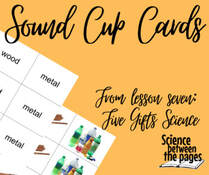 Either use leftover Easter eggs or tape 3 oz. bathroom cups together to make small shakers where students can try and guess how many objects are in the shaker, what kind of material the shaker has in it and how big the items are that are in the shaker. After the student shakes a shaker, they can pick a card that identifies one of the items aforementioned. 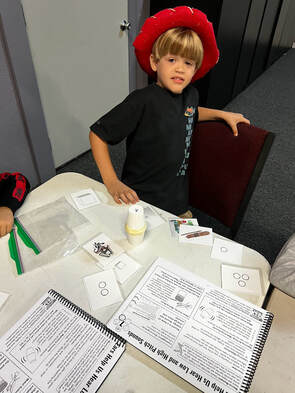 While this picture is not the best of this student, he did an excellent job listening to his sound cup and then pulling out the cards that he felt matched the sounds he was hearing when he shook his cup. He was really close!! These weren't easy sound cups either. 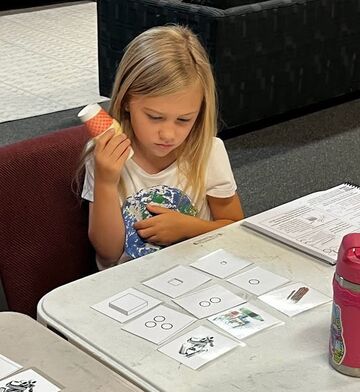 This student did a wonderful job shaking the sound cup intentionally and then looked at the options that could be in the cup to decide on what she was hearing. The students could pick if there were one, two, or three items in the cups. If the items were plastic, metal or wood and then if they were small, medium or large. 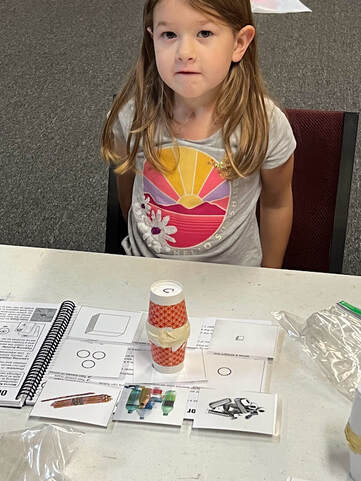 This student laid out her cards like a mat and placed her sound cup on the place that she felt fit the best, almost like a chart. So this item, she thought was plastic, 2 items and medium sized. storytime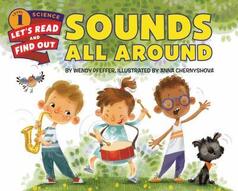 Sounds All Around by Wendy Pfeffer and Holly Keller has a bunch of fun words to describe different kinds of sounds. It also introduces ideas about vibrations and echolocation. This book also teaches how we measure the sounds in decibals just like we measure height in inches or weight in pounds. My favorite part is having the students feel their vocal cords when they were singing or talking to emphasize the vibrations that happen in order for sound to be achieved. bouncing Ruler investigation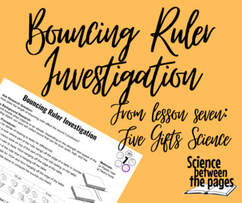 In this investigation, we are going to explore how vibrations and the length of a wave changes sound. Sound is a form of energy. Sound can change pitch and volume. The only materials that you need for this investigation are a plastic ruler and a heavy book. Question: How does the length of the bouncing ruler affect the sound it produces? Background Research: Sound travels when objects or air vibrate. Depending on the strength and speed of the vibrating object, our ears will collect sound that can be loud, quiet, high, and low. Procedure: 1. Place a ruler where part of the ruler hangs off the edge of a table or counter. 2. Place a heavy book on top of the part of the ruler still resting on the table. 3. Adjust the ruler to have 15cm hanging off the edge of the table. 4. Tap the end of the ruler that is hangin off the table. 5. Repeat the trials for 10cm, and 5 cm hanging off the edge of the table. 6. Use the data table on the Bouncing Ruler Investigation sheet to compare the sounds you heard. Conclusions: The longer the bouncing ruler, the pitch decreases. The longer the bouncing ruler, the volume increases. Making MusicDo you know which one of Adam and Eve's descendants was famous for making musical instruments? Read about Jubal in Genesis 4:21
Let us make some glorious noise to the Lord by making and using some homemade instruments. Grab some recyclables like cardboard, bottle caps, a soup can, plastic cups, rubberbands. Using these instruments we can observe how vibrations can be amplified or changed to make different sounds. What I endeavored to have the students make in class were little plastic cup guitars. I passed out the plastic cups and gave each student three rubberbands. The students were to place the rubberband around the plastic cup. This turned out to be a challenge for kindergartener and first grade students. All of them needed help placing the rubberbands around the cup. Other options for instruments that are fun is a soup can drum. Grab a balloon and a soup can, cut off the neck of the balloon and stretch it over the can. Voila, here is the drum. They can tap and hear the vibrations with just their fingers or they can use pencils. The last option I thought was fun was to make some castanets. All you need is some cardboard and some bottle caps for the castanets. I hot glued the bottlecaps to the cardboard to make these castanets. Have fun and be inventive.
0 Comments
Leave a Reply. |
LEAD LEARNERWelcome! My name is Nicole Fleming and I have been leading science learning in the Bryan/College Station homeschool community for over 10 years. Archives
November 2022
Categories |
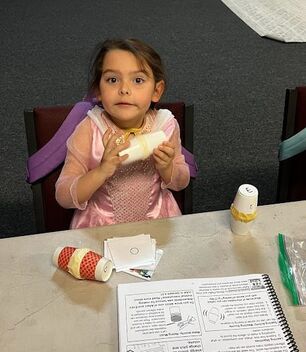
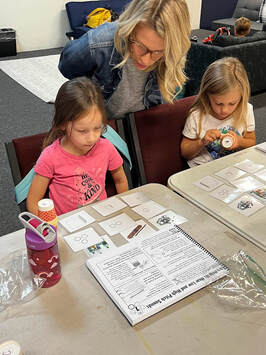
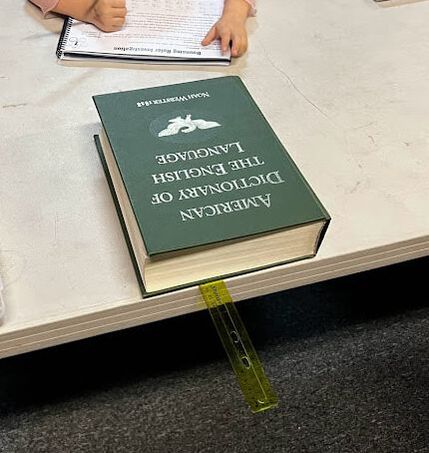
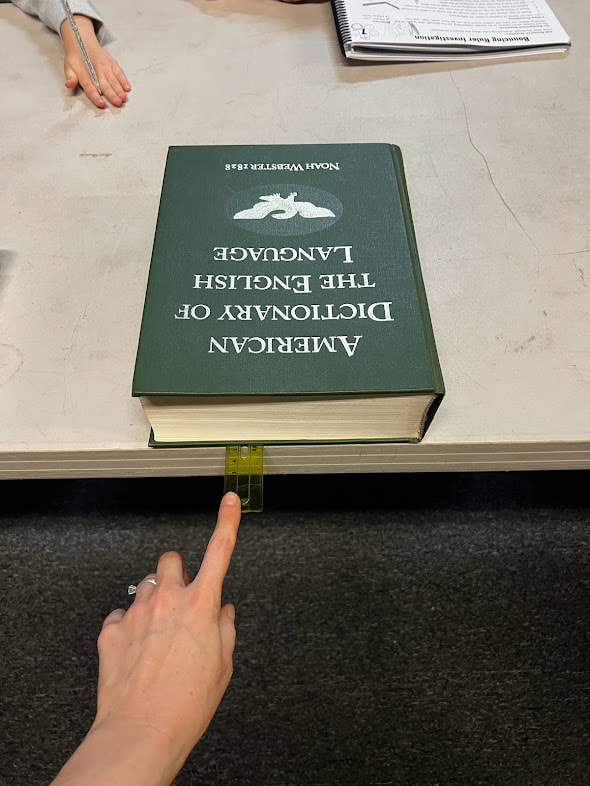
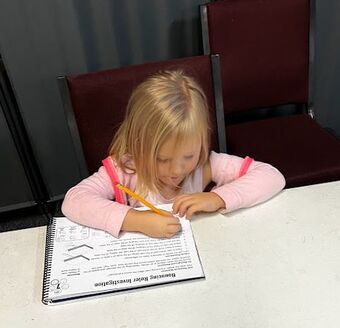
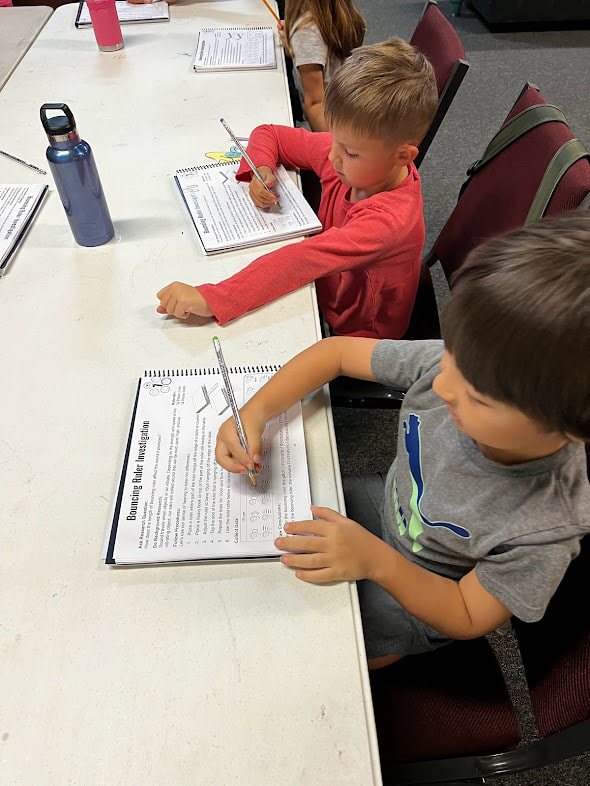
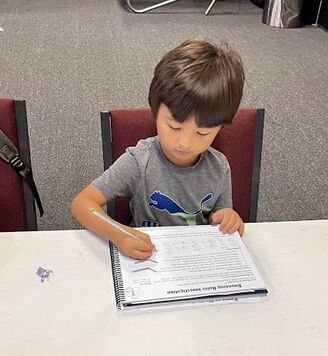
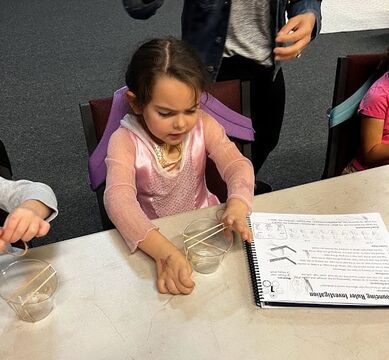
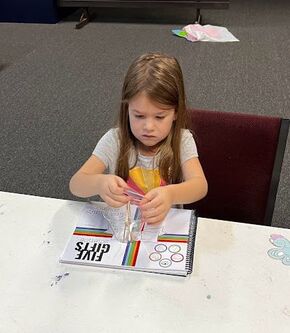
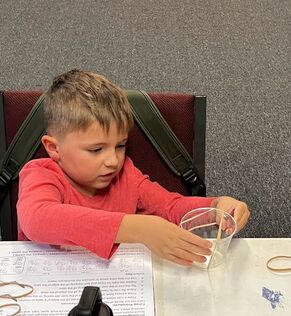
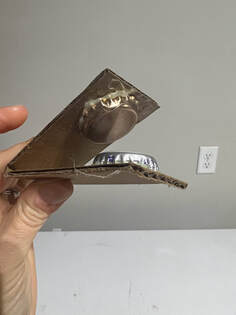
 RSS Feed
RSS Feed